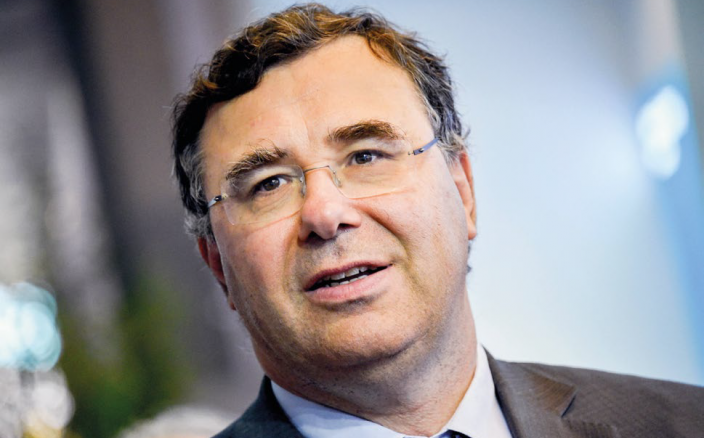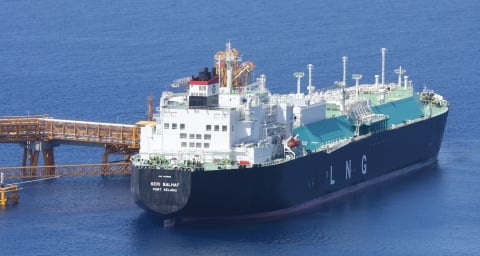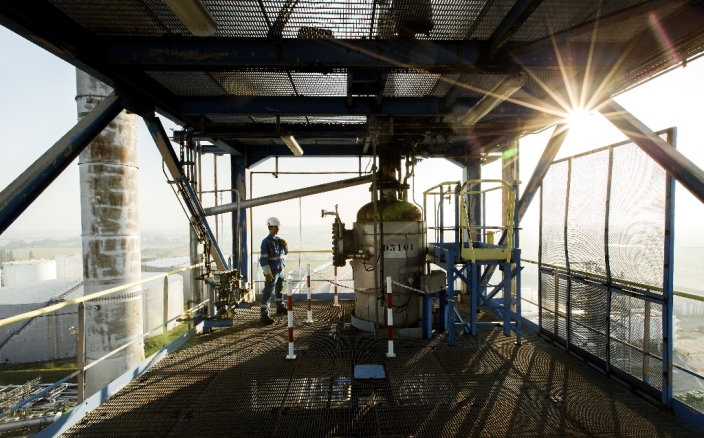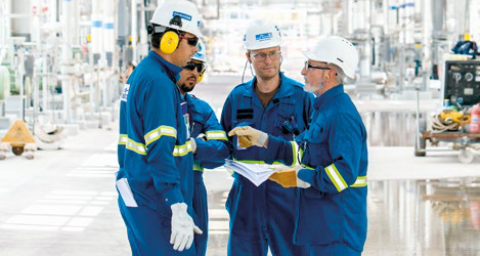06/09/2017
To mark the publication of Total’s Climate Report, Patrick Pouyanné, the CEO of Total, highlighted the actions and investments needed to secure the company’s future and proposed reviewing indicators currently used to track performance.
The Time for Action Is Now
This is Total’s second report on what we are doing to tackle climate challenges as an integral part of our corporate strategy. This publication has three major objectives. First, to share our ambition for Total in 2035, as we reshape the company using the International Energy Agency’s (IEA) 2°C scenario as a baseline.
Second, to describe how we are addressing the impact of that scenario on our decision-making. It has prompted us to acknowledge that oil is a mature market facing long-term decline. Thus, our policy of selective investment is an increasingly important contributor to sustainable performance and warrants further clarification. And third, this report is an opportunity to take stock of the actions we have already implemented, the initiatives we are currently undertaking, our investments to secure the future and the indicators we use to track our performance.
Our policy has evolved out of a desire for transparency and dialogue with our stakeholders, to ensure they fully understand the challenges and opportunities that climate change presents for Total.
GRP has a very clear task: propose a growth strategy with regard to midstream and downstream gas, renewable energies, the electricity value chain and energy efficiency. It is founded on the integrated business model that has served us so well: we explore for, produce, refine, process, market and distribute energy to fulfill our customers’ expectations as closely as possible. Our approach is rooted in a highly disciplined investment policy, with a focus on low-cost energies to meet our customers’ primary requirement: affordable, even cheap, energy. There too, corporate strategy and climate responsibility go hand in hand.
Optimizing the mix of fossil fuels, developing low-carbon businesses, promoting energy efficiency, exploring new options for carbon utilization — Total is building a comprehensive array of diversified, growth-enhancing solutions, commensurate with the scope of the challenges we face.








